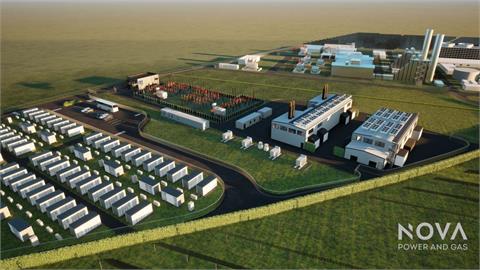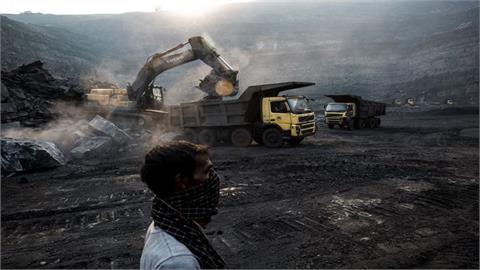Slovakia's Eustream proposes a
natural gas pipeline with an annual capacity of up to 40 billion cu m
connecting the countries in Southeast Europe (SEE) with Western Europe that
could be operational by 2019, the company's general manager said on Friday.
The construction of the pipeline could be completed by the end of 2018,
Rastislav Nukovic said in an interview for Bulgarian state-run radio
broadcaster BNR.
Initially, its annual capacity would be up to 15 billion cu m but if demand
grows, it can increase to up to 40 billion cu m, Nukovic said, without
disclosing either the financial parameters of the project, or the financing
options.
Gas can be piped from Italy, Germany or Austria, or from Russia via Turkish
Stream, he said.
"There are two options – one is that the pipeline go to Slovakia and from there
on through Ukraine, or through Hungary," he said, adding that the company is
still holding talks on the pipeline's route. If the pipeline crosses Ukraine,
it could use the existing infrastructure, while if it goes through Hungary, new
pipes will be need to be laid.
Eustream is holding talks on the project with gas companies in Romania,
Bulgaria and Hungary, including Bulgarian state-operated gas transmission
system operator Bulgartransgaz and its parent Bulgarian Energy Holding (BEH),
as well as other potential partners in Europe.
"As for Bulgaria, we are currently expecting some 3 billion cu m per year [of
natural gas to flow through the pipeline] given needed imports are 2.7 billion
[cu m per year],” he said.
SEE is heavily dependent on Russian gas imports to meet its needs. In December
Russian president Vladimir Putin said Russia had abandoned plans to build the
South Stream gas pipeline and would build another pipeline system to Turkey
instead. The South Stream gas pipeline, spearheaded by Gazprom, was planned to
carry gas from Russia to central and southern Europe via Bulgaria, Serbia,
Hungary and Slovenia. The total value of the project was estimated at 16
billion euro ($18.1 billion). Commercial operation of South Stream was
scheduled to start by the end of 2015 with the pipeline reaching its full
capacity of some 63 billion cu m per year by 2017.
Meanwhile, Bulgaria, Romania and Greece committed in December last year to
develop a vertical gas corridor, connecting the three countries, while Bulgaria
sent a letter to the European Commission proposing to build an EU-funded
regional gas hub near the Black Sea port of Varna to dispatch Russian gas
deliveries to the rest of Europe. Parallel to that, Bulgaria and Serbia decided
to update the parameters of and expedite work on a gas interconnector linking
the two countries.
Bulgaria imports almost all the natural gas it needs from Russia through a
pipeline crossing the territories of Ukraine, Moldova and Romania.
Source: SeeNews
Related content
Wednesday, 17 December 2025
Wednesday, 17 December 2025
Monday, 15 December 2025
Monday, 15 December 2025



